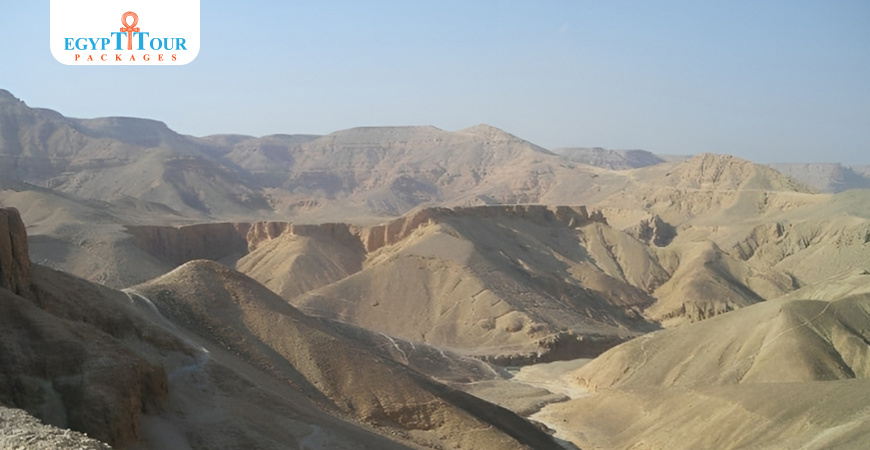
Valley of The Queens
Valley of the Queens, gorge in the hills along the western bank of the Nile River in Upper Egypt.
valley of the queens luxor
Looking from the above-ground, the Valley of the Queens, gorge in the hills along the western bank of the Nile River in Upper Egypt. Valley of the Queens looks rather unimpressive—a rocky, sun-baked scattered valley with simple stone entrances that lead to the burial site where tombs were found with the remainings from the wives of pharaohs buried in ancient Egypt.The Valley of the Queens, gorge in the hills along the western bank of the Nile River in Upper Egypt. Valley of the Queens is located west of Thebes, northwest of Habu city and 500 meters west of Deir el-Medina.This valley was named in ancient Egypt by the name( Ta -Set- Neferu) which means the place of beauty .The Arabs called it Biban Al-Harem because its tombs are carved into the rock and only its entrance or door is visible from its facades. It was designated for women or harems.

valley of the queens tour
The reason for choosing the
Valley of the Queens, gorge in the hills along the western bank of the Nile River in Upper Egypt. Valley of the Queens
as a burial site is not known. The close proximity to the workers' village of Deir el-Medina and the
Used as a burial chamber for nearly 500 years, the Valley of the Kings was used for royal burials for the Kings,their families, and their possessions. Valley of the Kings
may have been a factor. Another consideration could have been the existence of a sacred grotto dedicated to Hathor at the entrance of the Valley. This grotto may have been associated with rejuvenation of the dead.Along with the
Used as a burial chamber for nearly 500 years, the Valley of the Kings was used for royal burials for the Kings,their families, and their possessions. Valley of the Kings
and nearby Thebes, the
Valley of the Queens, gorge in the hills along the western bank of the Nile River in Upper Egypt. Valley of the Queens
was inscribed on the UNESCO World Heritage List in 1979.
Protecting the Royal Treasures for the Afterlife:
Ancient Egyptian civilization believed in an afterlife, and if all procedures were followed then the ones who deserved would enjoy eternal life. They believed that their belongings were to be necessary to enjoy the afterlife, so pharaohs and queens were buried with their treasures, clothing and basic necessities such as food and drinks. Keeping their treasures and belongings safe was very important, so as they planned the burial site of the Valley of the Queen, a lot of thought was put into perspective as to how to build the burial site in a discrete manner as to protect it from thieves, therefore, keeping the mummies and their belongings intact once they woke to the eternal life.The strategy applied at the
Valley of the Queens, gorge in the hills along the western bank of the Nile River in Upper Egypt. Valley of the Queens
was similar to the one they applied in the construction of the
Used as a burial chamber for nearly 500 years, the Valley of the Kings was used for royal burials for the Kings,their families, and their possessions. Valley of the Kings
; the intent here was to hide the entrances of the tombs, therefore, making them a non-target. However, the builders in the
Valley of the Queens, gorge in the hills along the western bank of the Nile River in Upper Egypt. Valley of the Queens
failed to succeed in protecting the treasures and the queen’s belongings. None of the tombs were found intact, even though some of the decorations remained impressively preserved, the treasures and belongings were all gone once the tombs were discovered by Schiaparelli in 1904.

who discovered the valley of the queens
The site was discovered by an Italian mission from the Turin Museum at the beginning of the twentieth century. It includes tombs dug into the rock in a valley in the middle of the plateaus of the Western Mountain in Luxor. His tombs include the tombs of queens, princesses, and princes from the family (17, 19, 20). While in the 18th Dynasty, it was used to bury nobles.The number of his graves is about 91 graves.The first queen to be buried there was Set-Ra, wife of Ramesses I of the 19th Dynasty. The tomb was reused in the era of the Third Transition to bury members of the family of the high priests of Amun. It was reused again in the Roman era to bury animal mummies. A cemetery was robbed at the end of the New Kingdom.
Eighteenth Dynasty:
One of the first tombs constructed in the
Valley of the Queens, gorge in the hills along the western bank of the Nile River in Upper Egypt. Valley of the Queens
is the tomb of Princess Ahmose, a daughter of Seqenenre Tao and Queen Sitdjehuti. This tomb likely dates to the reign of Thutmose I. The tombs from this period also include several members of the nobility, including a head of the stables and a vizier.
The tombs from this time period are generally simple in form and consist of a chamber and a shaft for burial. Some of the tombs were extended in size to accommodate more than one burial. The tombs include those of several royal princes and princesses, as well as some nobles.The tombs from this time period are generally simple in form and consist of a chamber and a shaft for burial. Some of the tombs were extended in size to accommodate more than one burial. The tombs include those of several royal princes and princesses, as well as some nobles.
In nineteenth dynasty:
During the 19th Dynasty the use of the Valley became more selective. The tombs from this period belong exclusively to royal women. Many of the high-ranking wives of Ramesses I, Seti I and Ramesses II were buried in the Valley. One of the most well-known examples is the resting place carved out of the rock for Queen Nefertari (1290–1224 BCE). The polychrome reliefs in her tomb are still intact.
In twentieth dynasty:
During the beginning of the 20th Dynasty the Valley was still used extensively. Tombs for the wives of Ramesses III were prepared, and in a departure from the conventions of the previous dynasty, several tombs were prepared for royal sons as well. The construction of tombs continued at least until the reign of Ramesses VI. The Turin Papyrus mentions the creation of six tombs during the reign of Ramesses VI. It is not known which tombs are referred to in that papyrus.There is evidence of economic turmoil during the 20th Dynasty. Records show that the workers went on strike during the reign of Ramesses III, and towards the end of the dynasty there are reports of tomb robberies.
Third Intermediate Period and later:
The Valley was no longer a royal burial site after the close of the 20th Dynasty. Many of the tombs were extensively reused. Several tombs were modified so that they could hold multiple burials. In some cases this involved digging burial pits in the existing tombs. Not much is known about the use of the
Valley of the Queens, gorge in the hills along the western bank of the Nile River in Upper Egypt. Valley of the Queens
during the Ptolemaic Period but during the Roman Period there was a renewed, extensive use of the Valley as a burial site. During the Coptic Period some Hermit shelters were erected. Tombs QV60 (Nebettawy) and QV73 (Henuttawy) show signs of Coptic occupation. Wall scenes were covered with plaster and decorated with Christian symbols. The Christian presence lasted until the 7th century CE.

Queen Nefertari
There are many tombs available to visit in the
Valley of the Queens, gorge in the hills along the western bank of the Nile River in Upper Egypt. Valley of the Queens
, such as:
The tomb of Queen Nefertari was one of the most famous and powerful women of ancient Egypt. She was the wife of Ramesses II, one of the most powerful pharaohs in Egyptian history. She was also a very religious woman and built many temples and shrines for the gods and goddesses of Egypt that you will explore in Egypt tours. Queen Nefertari was born in Thebes, Egypt around 1370 BCE. Her father was the Pharaoh Amenhotep Ill and her mother was Queen Tiye. She had two brothers, Prince Thutmose and Prince Amenhotep IV, who later became the Pharaoh Akhenaten. Nefertari married Ramesses II in 1254 BCE when she was about fifteen years old. They had six children together, four sons and two daughters. Ramses II built her small temple in Abu Simbel Temple beside his large temple in Aswan. Nefertari was a very beautiful woman and she is often depicted in art wearing lavish jewelry and clothing. She also wore a lot of makeup, including dark eyeliner and bright red lipstick. She was very influential at court and is thought to have played a key role in many of Ramesses II's decisions. Explore a lot of attractions in Egypt day tours that reflect the history of Nefertari Queen Nefertari died around 1240 BCE, although the exact cause of her death is unknown. After her death, Ramesses II married several other wives but none of them were as important to him as Nefertari had been. He built her a magnificent tomb in the
Valley of the Queens, gorge in the hills along the western bank of the Nile River in Upper Egypt. Valley of the Queens
which is now one of the most popular tourist attractions in Luxor day tours. You can visit her beautiful tomb in the Valley of Queens on Luxor west bank tour.

valley of the queens tombs
The tomb of Prince Kha Em Wast
The tomb of Prince Kha Em Wast has the best art and colour in the
Valley of the Queens, gorge in the hills along the western bank of the Nile River in Upper Egypt. Valley of the Queens
after Nefertari’s tomb - so if you only have time to do one more, make sure it’s this one. Many of the walls are covered with floor to ceiling glass, but you can still see all the art pretty well. Prince Kha Em Wast was a son of Rameses III and he was another that sadly died young. He is thought to have been Rameses III’s oldest son. He was known to have been the high priest of Ptah in
Memphis was one of the oldest and most important cities in ancient Egypt, located at the entrance to the Nile River Valley near the Giza plateau. Memphis
, but didn’t become pharaoh upon his father’s death, instead the throne was inherited by Rameses III’s brother. Egyptologists aren’t sure why he was overlooked for his uncle.

valley of the queens best tombs
The tomb of Queen Titi is the second closest to the main entrance, but it’s one we’d suggest giving a miss if you are tight on time. If you’d never seen an Egyptian tomb before, you’d think it was remarkable, but compared to the condition of the art in other tombs in the Valley of the Queens, gorge in the hills along the western bank of the Nile River in Upper Egypt. Valley of the Queens , Valley of the Nobles and Used as a burial chamber for nearly 500 years, the Valley of the Kings was used for royal burials for the Kings,their families, and their possessions. Valley of the Kings , Titi’s tomb is not very well preserved. Once more, the walls in all the rooms but one are covered with floor to ceiling glass. Whilst a lot of the art has some damage, you can still make out what you are looking at for the most part. Egyptologists don’t know too much about Titi, but she’s believed to be a wife of one of the Rameses’ (they think it is probably Rameses III as the tomb is between two of Rameses III’s sons).

Tombs in the Valley of the queens
The tomb of Prince Amenherkhepshef
One of the furthest tombs in the
Valley of the Queens, gorge in the hills along the western bank of the Nile River in Upper Egypt. Valley of the Queens
from the entrance, the tomb of Prince Amenherkhepshef is included in the standard entry ticket (as with all the rest of the tombs here). You’ll notice that Amenherkhepshef’s tomb (and the rest of the tombs currently open to the public in the
Valley of the Queens, gorge in the hills along the western bank of the Nile River in Upper Egypt. Valley of the Queens
) has wall to ceiling glass in front of the art to protect it. Amenherkhepshef was the son of Rameses III and sadly died in his teens. You can see artwork inside the tomb in which Rameses is holding up Amenherkhepshef to the gods, hoping they will help him journey to the afterlife. The art inside the tomb is in pretty good condition overall, and much still retains its original colour.

Valley of the Queens Facts
Best time to visit the Valley of the Queens, gorge in the hills along the western bank of the Nile River in Upper Egypt. Valley of the Queens
Currently The Valley of the Queens, gorge in the hills along the western bank of the Nile River in Upper Egypt. Valley of the Queens is open 7 days a week from 6am to 5pm, but times sometimes change in Egypt, so do double check before you visit.The majority of tour groups tend to descend on the Valley of the Queens, gorge in the hills along the western bank of the Nile River in Upper Egypt. Valley of the Queens in the afternoon, so we recommend visiting in the morning if you can.
Facilities at the Valley of the Queens, gorge in the hills along the western bank of the Nile River in Upper Egypt. Valley of the Queens
The Valley of the Queens, gorge in the hills along the western bank of the Nile River in Upper Egypt. Valley of the Queens doesn’t have much in terms of facilities. There are toilets by the entry gate. There are no shops serving food and drinks, so we recommend getting a bottle of water before you visit. There are three shaded seating areas beside the tombs, which will give you a welcome break from the sun.

Valley of the queens information
Planning your visit
As there are only four tombs that are open to the public , you don’t need too long to see everything. Just one hour will comfortably allow you to visit all the tombs.From the entry gate to the furthest tomb is a 300m walk that heads gradually uphill. Make sure you bring a bottle of water and any snacks you might want as there are no cafes or food stalls in the Valley of the Queens, gorge in the hills along the western bank of the Nile River in Upper Egypt. Valley of the Queens .

Post A Comment
Your Email Address Will Not Be Published.









































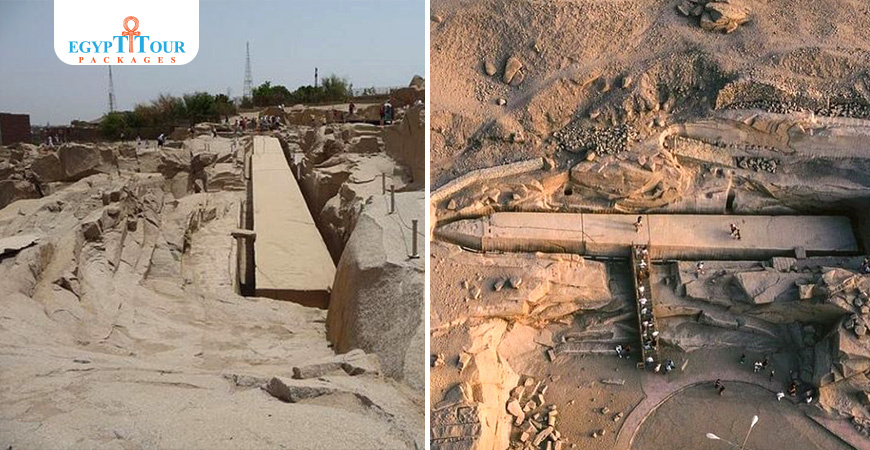







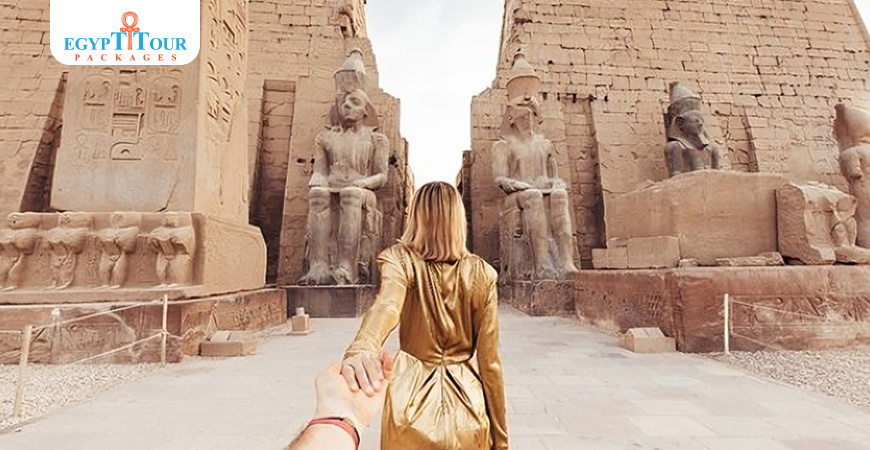
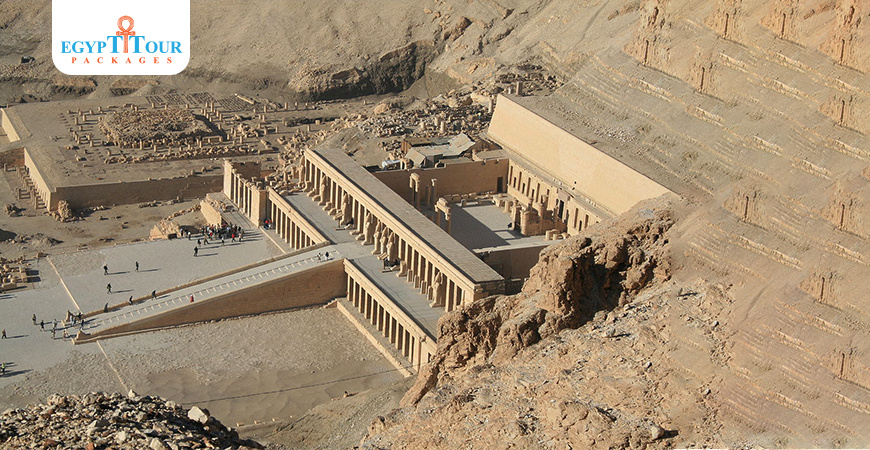
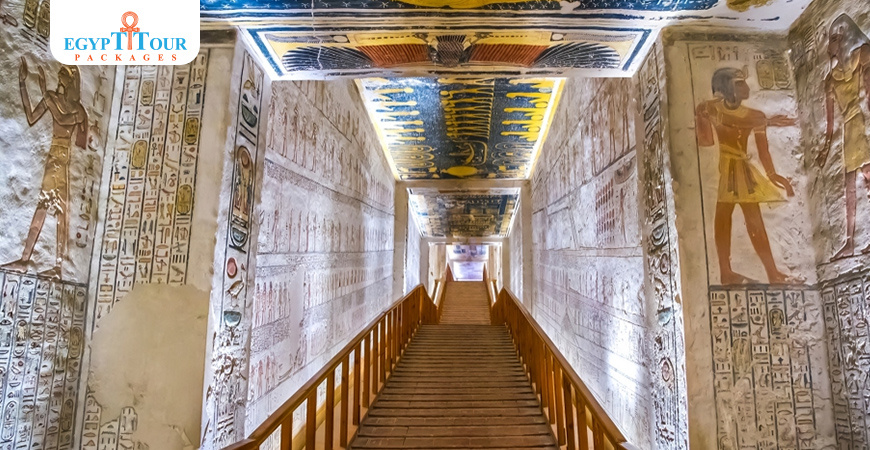
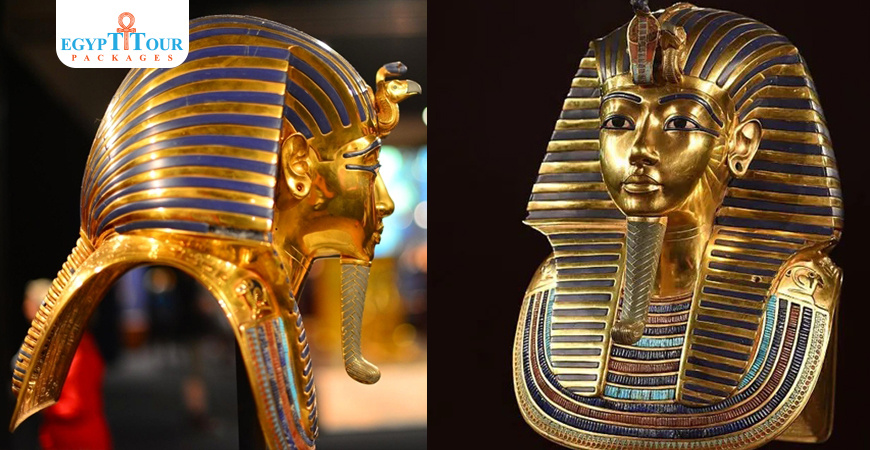
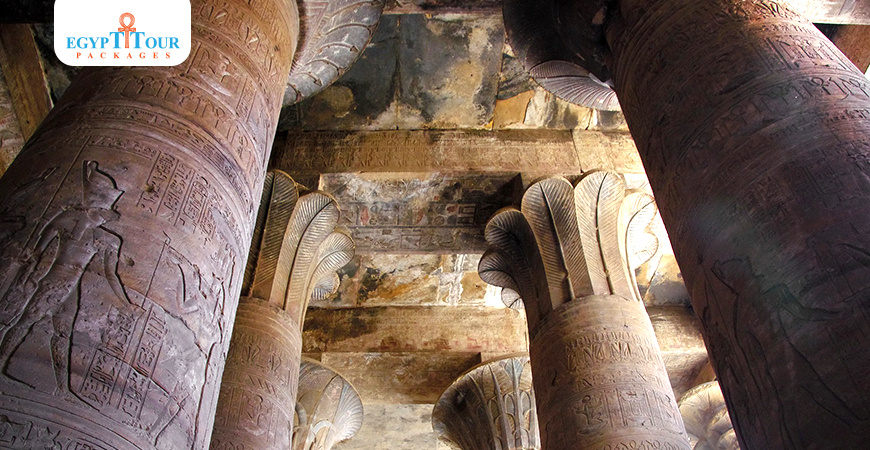
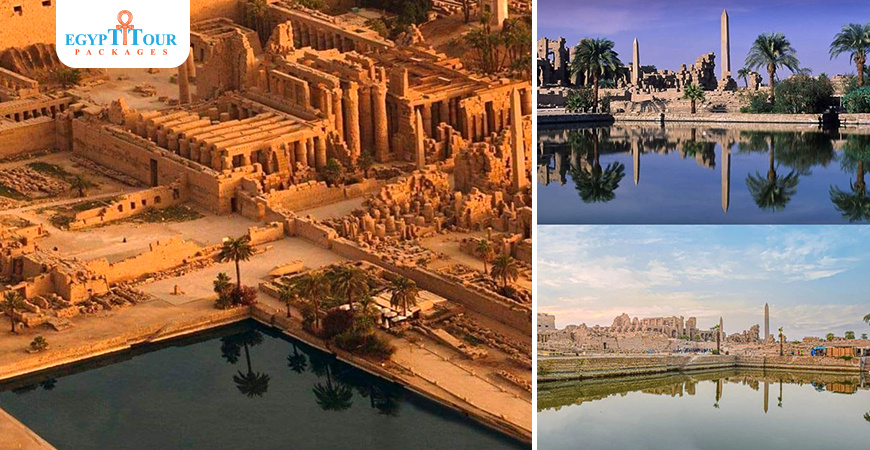
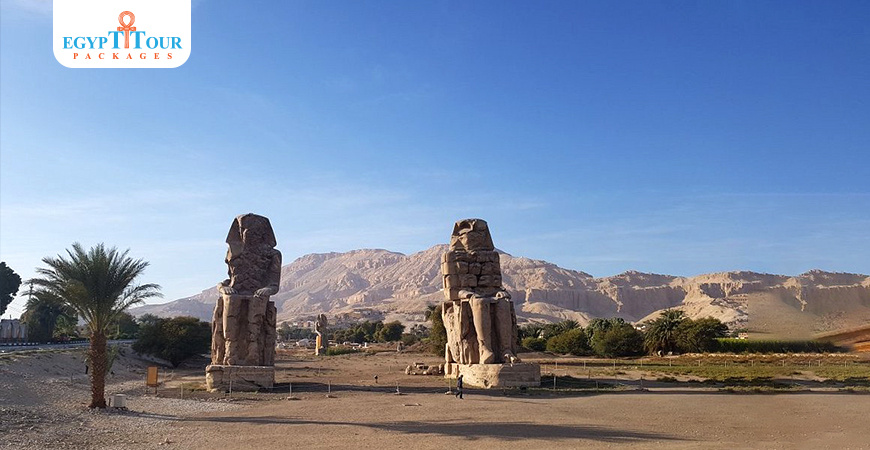
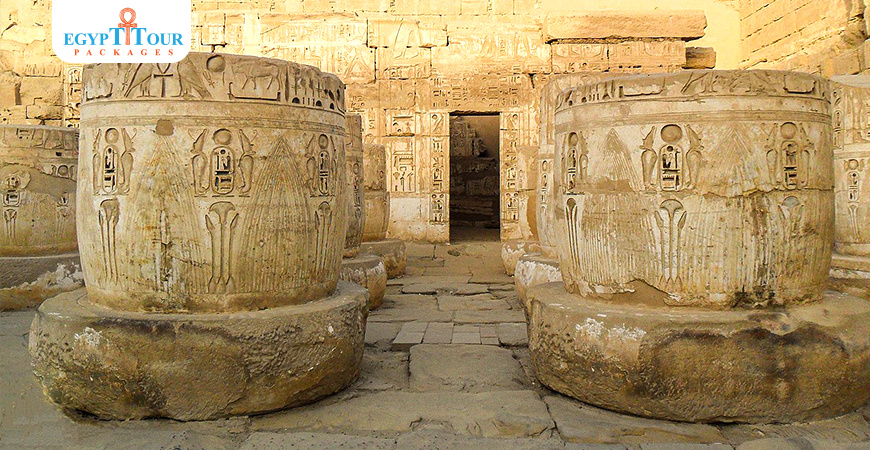
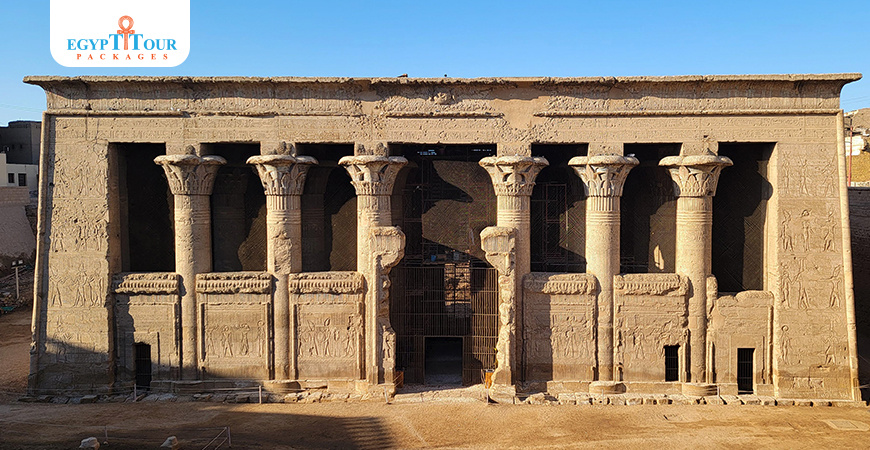
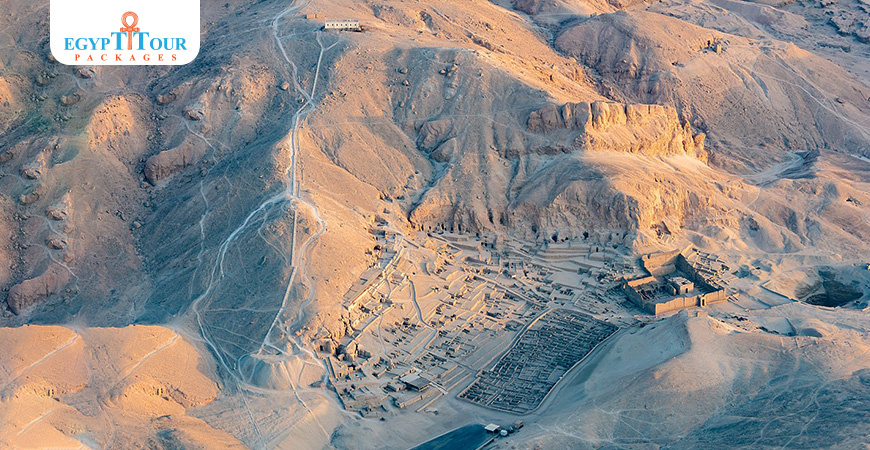
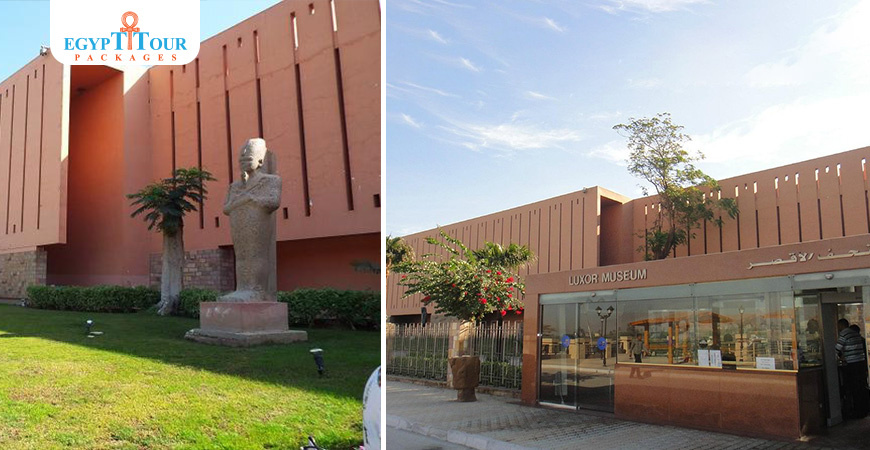
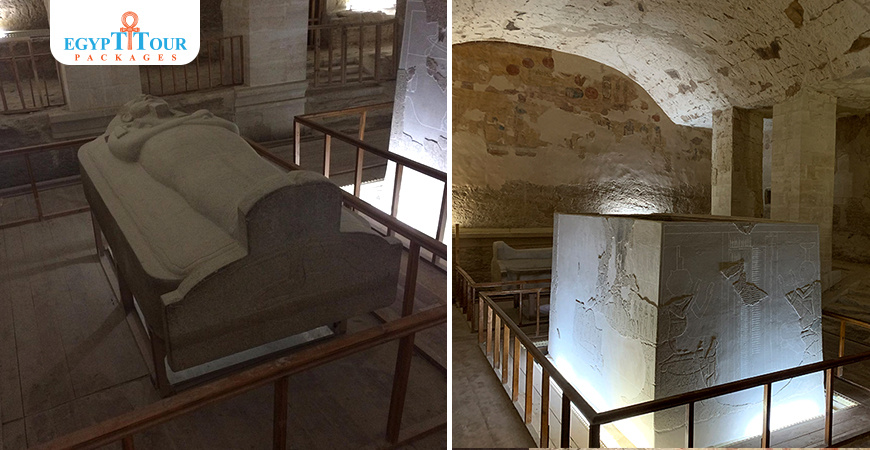

0 Comments